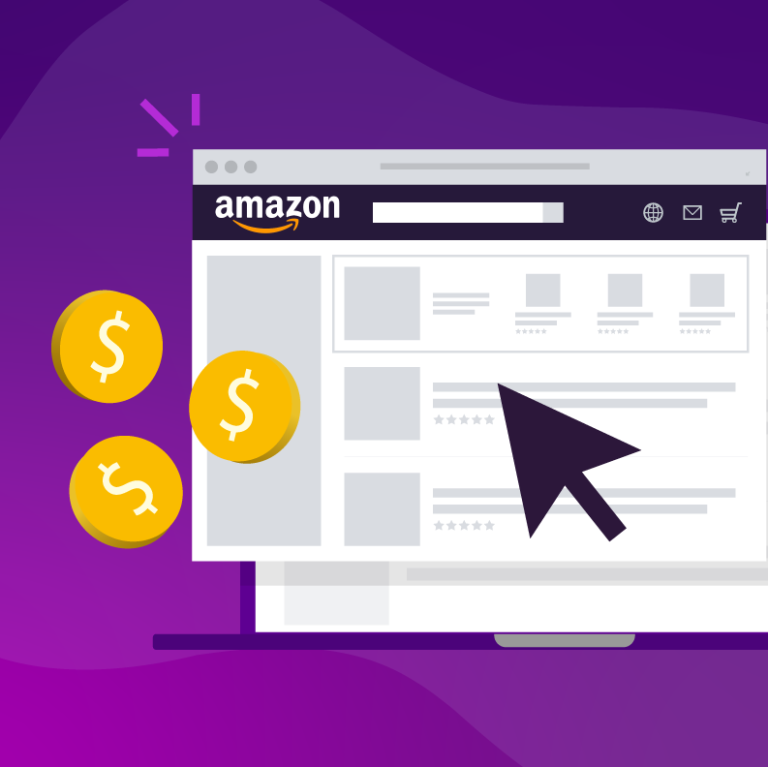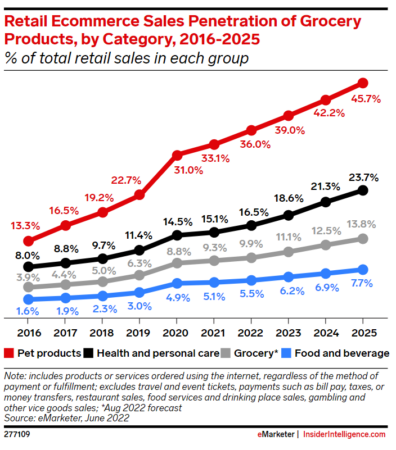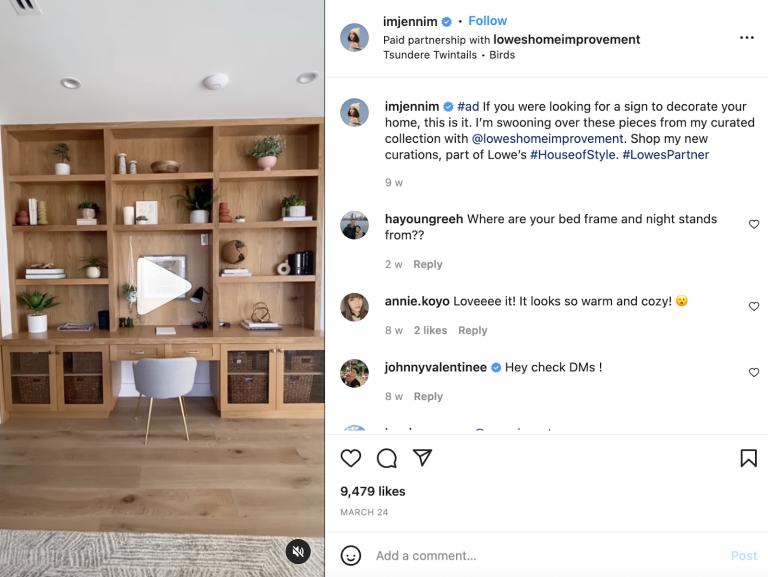 Author By Miva |
Author By Miva |- Posted on
- • August 31, 2018
- Ecommerce Resources

Holidays Are Around the Corner
The busy holiday shopping season kicks off in less than 10 weeks. Is your business ready to maximize your success? You’re likely spending most of your marketing dollar this time of year, but many online stores don’t provide enough guidance to customers in how their products are presented. In this blog, we’ll give you hints on how dazzling and delighting your customers with curated buying experiences can increase your holiday sales.
Just Imagine
Picture two brick-and-mortar stores. The first is well organized, with clear signage specifying which items are in specific aisles. Maps give a clear overview of store offerings. Just as museum curators pick the best pieces of artwork for an exhibit, merchandise managers have set out product displays. Employees are standing by to answer questions. You know where you are, what is on offer, and where to find it. The second is a vast warehouse with items scattered everywhere. You wander around looking at things on shelves, placed randomly on a shelf with dissimilar items. Where are you more likely to find what you’re looking for – and browse for inspiration? Clearly, the first one.
It’s the same at online stores that don’t provide context to the user for their items. Product pages sit on a virtual shelf, but store owners need to carefully manage the aisles and presentation. If customers aren’t guided through the specific buying experiences, seeing how products relate to each other and how they match their needs, they get frustrated. And then they leave your store.
The Ecommerce Experience: Curated
The solution is to curate the ecommerce experience. Start by creating buyer personas. These are carefully considered representations of who each of your customers are. What their aspirations are. What information they want. What products they are most likely to be interested in. How they want to buy. It will take some thought, but it will be worth it.
Curated experiences let individual shoppers create the experiences most relevant to them. For example, a company that specializes in archery equipment may sell a full range of bows, arrows, and targets but it can curate products into specific paths for its most frequent types of buyers. An archer may be just starting out or may be experienced. The buyer may be interested in competitions or in hunting. The buying journeys should be as unique as their aspirations.
In the disorganized warehouse analogy, a customer may come across the product page for an archery bow in your online store after doing a search but may not know how that bow relates to other bows on the market and which arrows are most relevant. They may not know what they need to get going with their new hobby – or not find the level of sophistication they’re seeking if they’re more experienced at the sport. In person, hired staff can help buyers put all the pieces together. Online, smart design can do this effortlessly.
Guide the Shopper
Imagine the reaction when a shopper comes to your store and finds a path that educates them and delights them. 3RiversArchery.com has laid out journeys that assess aspirations and then guide customers to information on the array of products available and benefits of specific equipment. Industry lexicon is explained, including concepts and terms that may not be well known. Affiliated products are displayed. For example, shoppers looking at bows and arrows might be interested in archery cases or archery apparel. With a full cart of products for specifically what they’re looking for, they’re more apt to buy – and buy at a higher number of products. And they keep coming back because they see 3 Rivers Archery as the experts in their industry, with a product range exceeding that of brick and mortar stores.
When you optimize your experience for buyers, the results are impressive. A leading supplier of essential oils and accessories saw revenue increase 75% year over year. A manufacturer of decorative privacy window films saw average order increases of 84%. A retailer and distributor of quality diesel products experienced conversion rate increases of 24%.
The Buyer’s Path
With the right ecommerce platform, it’s easy to set up your virtual specialty department and various buyer paths. Rather than single dimensional product pages, you can set up categories and various levels of sub categories to showcase a range of products without overwhelming buyers. You can display special promotions and suggested products.
Find out how you can improve the buying experience and increase conversions by booking a time to talk to a Miva Solutions Architect.

About The Author
Elisa Williams
Elisa Williams is a journalist and communications strategist who combines storytelling with solid research and analysis. A contributing author to the Miva Blog, Elisa has written for a wide array of consumer, business and technology publications, including Newsweek, Real Simple, Computer Life and Inc. Her marketing and content development work includes supporting technology companies that specialize in ecommerce, financial services and big data.



